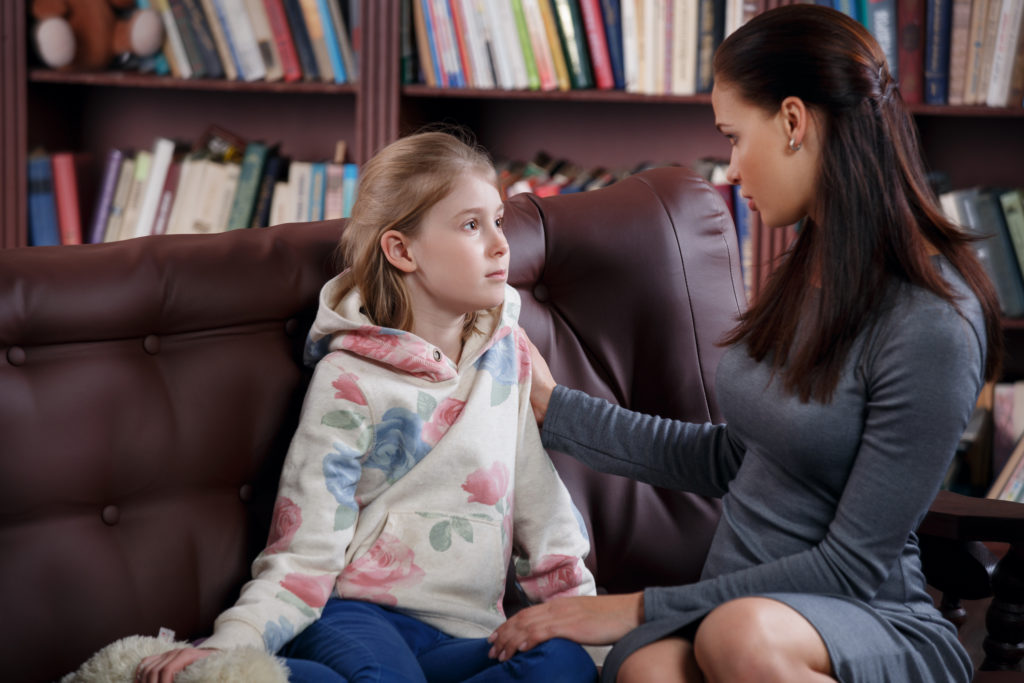The goal of foster care across the country is always the same – reunify the child in care with his or her parents as soon as their home is a safe and stable environment. That’s why the Birth Parent National Network, through the Birth and Foster Parent Partnership, is working to improve relationships between both types of parents.

According to the Children’s Bureau, of the 250,248 children who left the foster care system in the U.S., 51 percent, or about 127, 626 children, were reunified with their parents in 2016. For those children, the assimilation back into the home of their birth parents was often made easier when foster and birth parents worked as a team.
“It is important that the adults in a child’s life coordinate and cooperate effectively, and nowhere is that more true than in the relationship between birth parents and foster parents,” the Birth and Foster Parent Partnership wrote in their official position statement. “Sometimes the child welfare system creates unnecessary barriers to engaging with each other. We believe that in order to be productive at strengthening families, we must collaborate, and have the support of child welfare professionals to do so.”
Born from The National Alliance for Children’s Trust and Prevention Funds, Casey Family Programs and the Youth Law Center/ Quality Parenting Initiative (QPI), the Birth and Foster Parent Partnership aims to identify strategies to help birth and foster parents work together to facilitate reunification and prevent re-entry into the system. The group also looks to increase recruitment of foster parents willing to work with birth parents.
Continue reading





